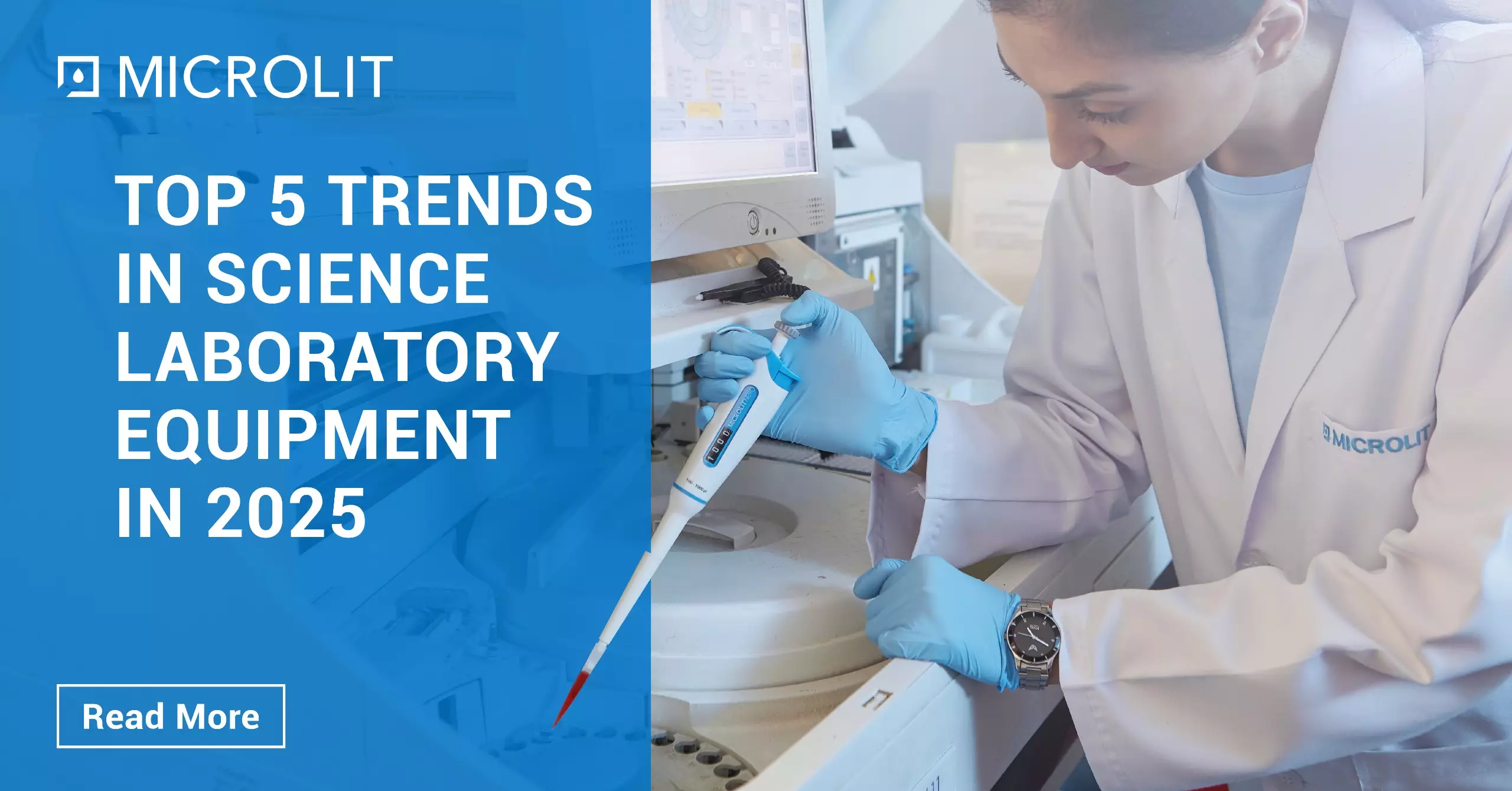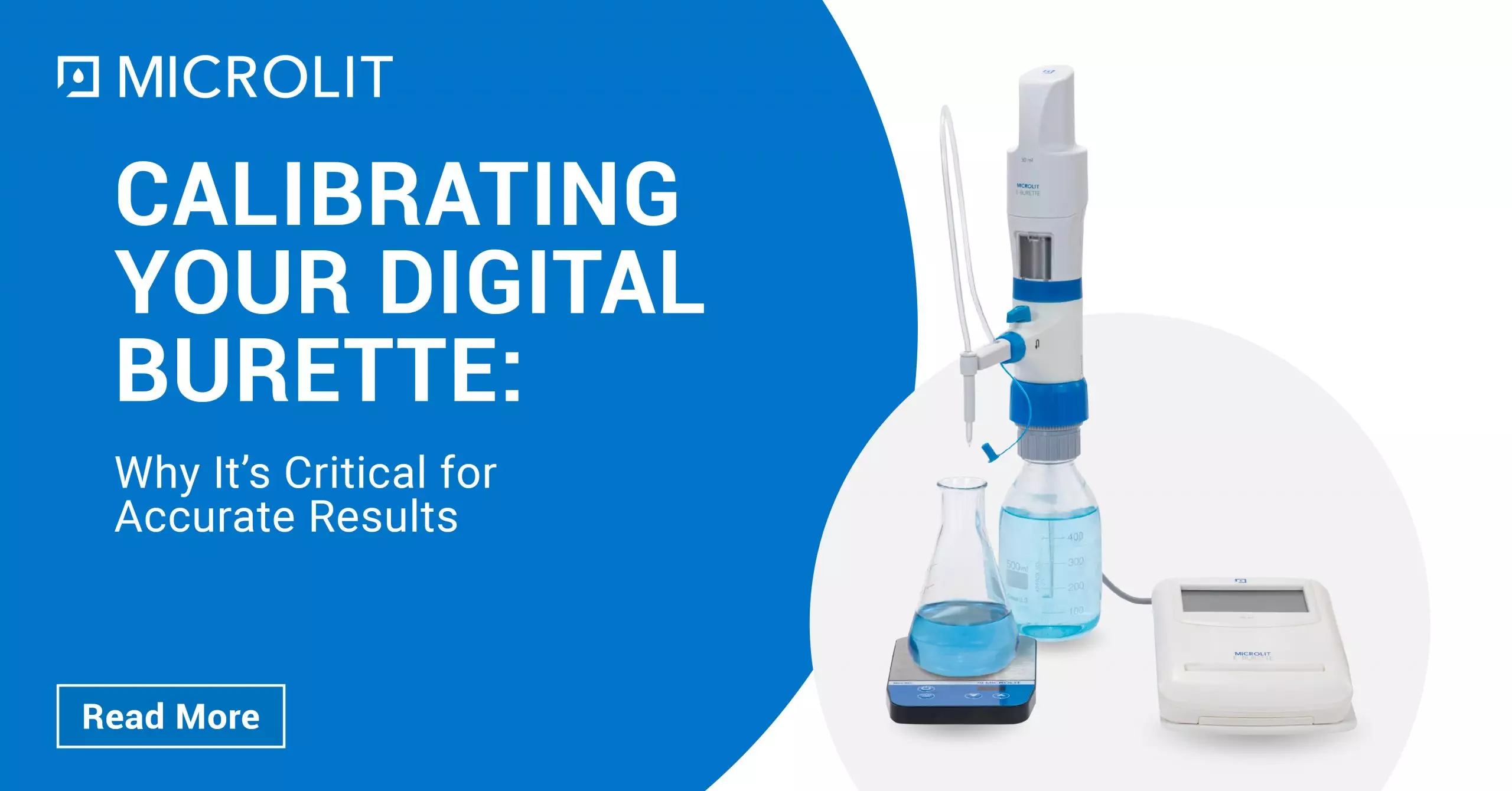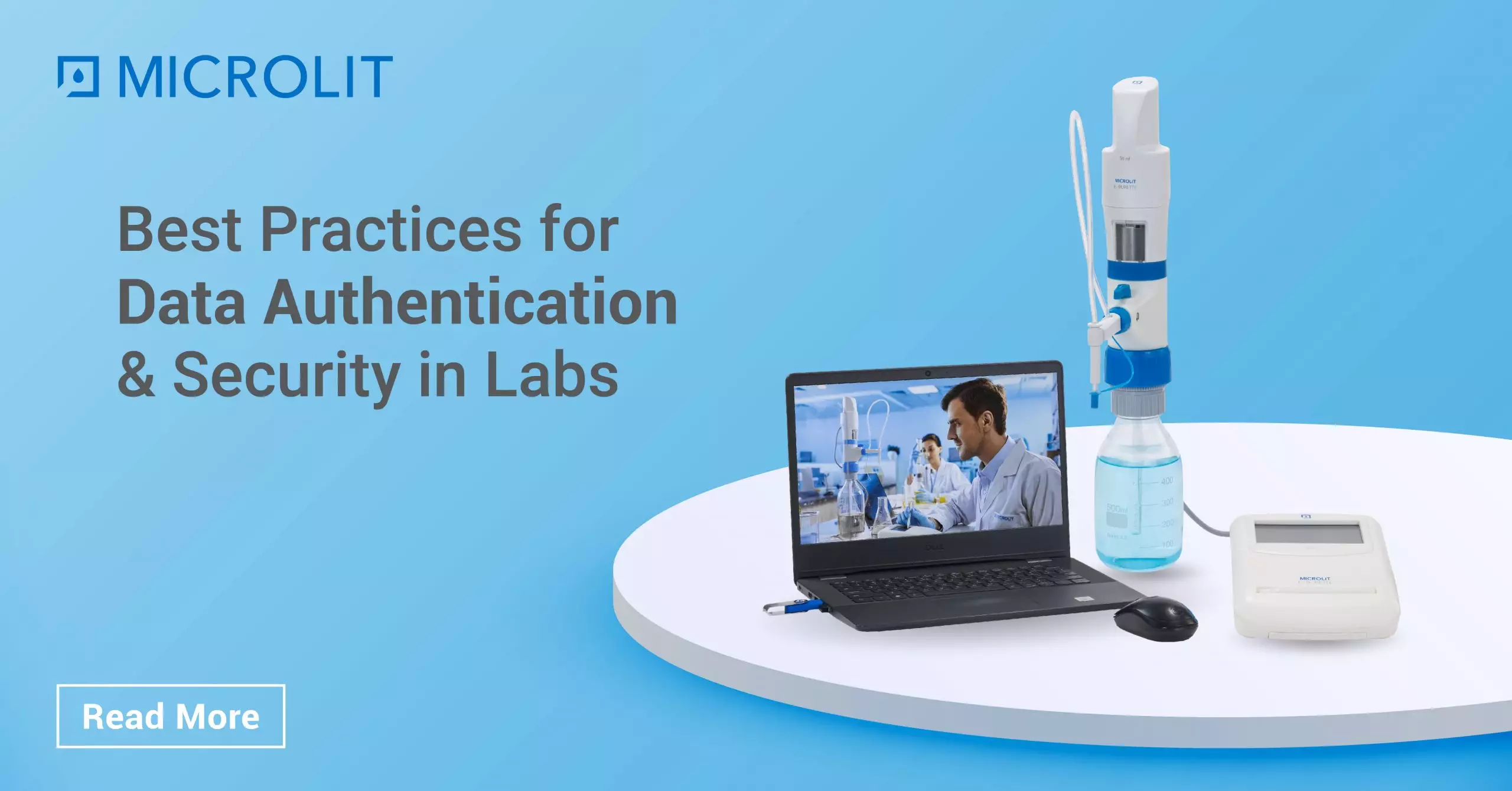Why Data Security Is Vital for Laboratories?
- February 20, 2023
- ENQUIRE NOW
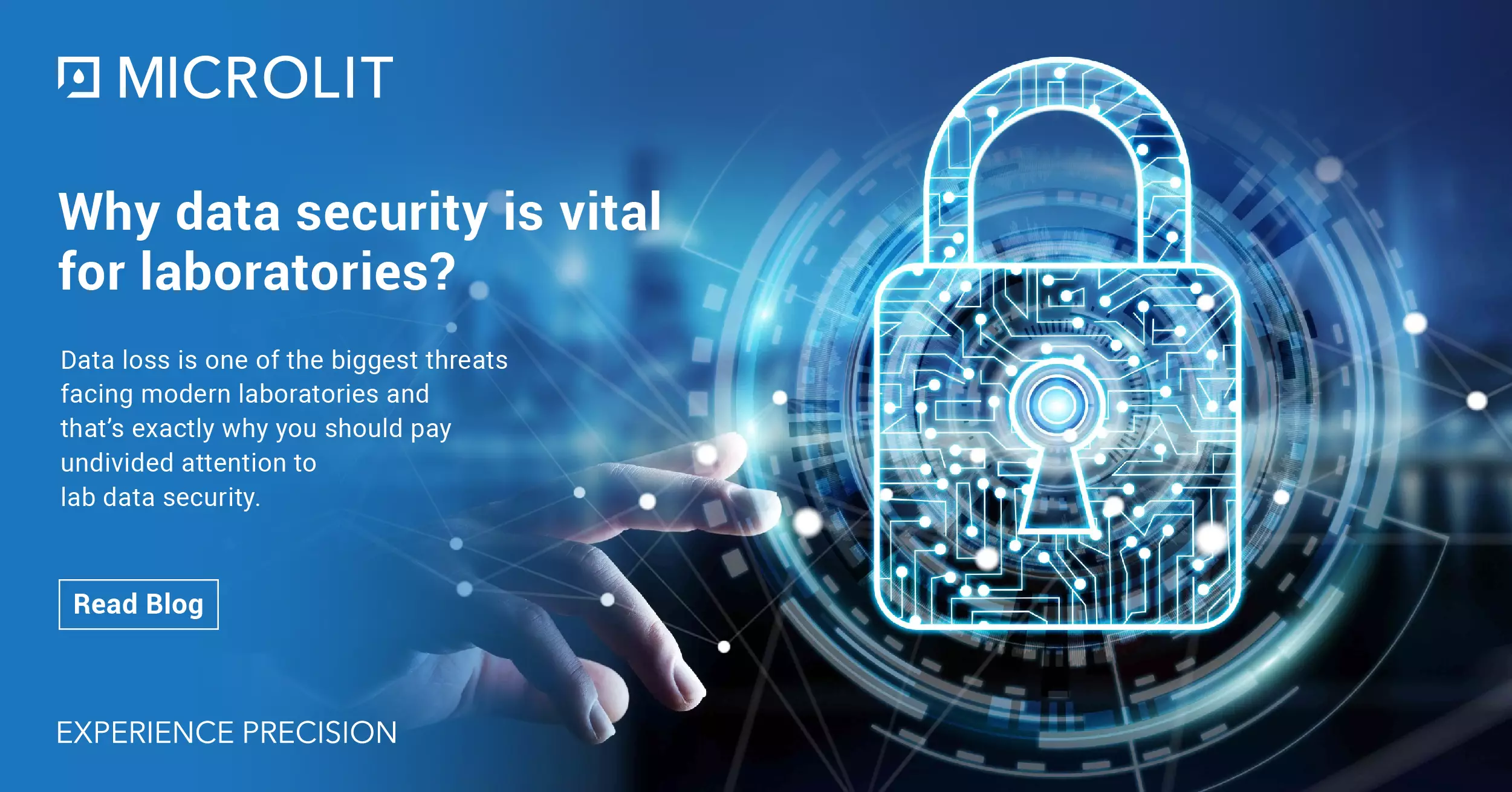
At the core of any scientific organization—from pharmaceutical manufacturers to academic research labs—is data. Laboratory leaders use diverse sets of data on a daily basis, from data generated by basic research experiments to analyzing financial data to make informed business decisions. Regardless of the type of data being produced and analyzed in a lab, it must be trustworthy and accurate. Ensuring data integrity and security promotes a positive lab culture, protects the lab’s reputation, and drives business growth.
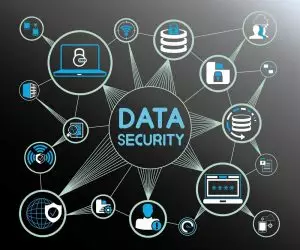 Every laboratory stores huge amounts of data, such as research results, patient information, and other critical intellectual property. Data is the lifeblood of today’s information-based laboratories. Given the large quantity of data collected every single day, it’s crucial for lab managers to consider introducing data loss prevention programs and creating a set of rules and policies to secure data and ensure that it is not lost, or mishandled, or accessed by unauthorized individuals.
Every laboratory stores huge amounts of data, such as research results, patient information, and other critical intellectual property. Data is the lifeblood of today’s information-based laboratories. Given the large quantity of data collected every single day, it’s crucial for lab managers to consider introducing data loss prevention programs and creating a set of rules and policies to secure data and ensure that it is not lost, or mishandled, or accessed by unauthorized individuals.
Lack of data security is a threat to any organization and its employees. It makes invaluable information vulnerable to data leaks and hacking attempts and jeopardizes laboratory operations. Whether it’s a malicious attack or an accidental internal leak, only complete dedication to security will protect data from unauthorized individuals.
What is Data Integrity?
Data integrity is the overall accuracy, completeness, and consistency of data. Data integrity also refers to the safety of data in regard to regulatory compliance — such as GDPR compliance — and security. It is maintained by a collection of processes, rules, and standards implemented during the design phase. There are a variety of factors that can lead to data integrity failures, ranging from accidental human error, improperly-followed standard operating procedures, lack of training, or in the worst-case scenario, intentional misrepresentation of the data. When the integrity of data is secure, the information stored in a database will remain complete, accurate and reliable no matter how long it’s stored or how often it’s accessed.
Data integrity is not data security
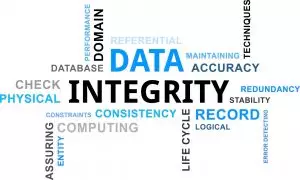 Data security is the collection of measures taken to keep data from getting corrupted. It incorporates the use of systems, processes, and procedures that restrict unauthorized access and keep data inaccessible to others who may use it in harmful or unintended ways. Breaches in data security may be small and easy to contain or large and capable of causing significant damage.
Data security is the collection of measures taken to keep data from getting corrupted. It incorporates the use of systems, processes, and procedures that restrict unauthorized access and keep data inaccessible to others who may use it in harmful or unintended ways. Breaches in data security may be small and easy to contain or large and capable of causing significant damage.
While data integrity is concerned with keeping the information intact and accurate for the entirety of its existence, the goal of data security is to protect information from outside attacks. Data security is but one of the many facets of data integrity.
Data integrity tools and software
Electronic lab notebooks (ELN) and laboratory information management systems (LIMS) are two popular solutions to help ensure data integrity. Some benefits of these tools include automatic data capture, easy-to-read data and metadata, the ability to maintain an audit trail for all records, and keeping data in one central place, as opposed to different platforms. Software packages are now available that take the capabilities of ELN and LIMS a step further. These software platforms can integrate with common benchtop instruments like balances or pH meters to provide users step-by-step workflow guidance, and have options to enhance security.
Why is Data Security Important?
 Data security is the practice of protecting digital information from unauthorized access, corruption or theft throughout its entire lifecycle. It’s a concept that encompasses every aspect of information security from the physical security of hardware and storage devices to administrative and access controls, as well as the logical security of software applications. It also includes organizational policies and procedures.
Data security is the practice of protecting digital information from unauthorized access, corruption or theft throughout its entire lifecycle. It’s a concept that encompasses every aspect of information security from the physical security of hardware and storage devices to administrative and access controls, as well as the logical security of software applications. It also includes organizational policies and procedures.
When properly implemented, robust data security strategies will protect an organization’s information assets against cybercriminal activities, but they also guard against insider threats and human error, which remains among the leading causes of data breaches today. Data security involves deploying tools and technologies that enhance the organization’s visibility into where its critical data resides and how it is used. Ideally, these tools should be able to apply protections like encryption, data masking, and redaction of sensitive files, and should automate reporting to streamline audits and adhering to regulatory requirements.
Best Practice Tips for Lab Data Integrity and Security
Here are some practical tips on how to ensure data security in a laboratory.
New Technology
To assess the security level of your lab, you should consider where you currently store and host your data and check whether the system you are using is efficient and secure enough. Hosting your data irresponsibly is the first deadly sin of laboratory security.
Investing in new technology will not only grant you greater protection of your data but will also provide your team with reliable and productive tools for day-to-day working. If you use an outdated, obsolete system, or even worse, store your data manually, on physical pieces of paper, there’s no wonder why your data ends up lost or leaked. Relying on outdated technology is not only a risk to your data security but it can also slow your team down.
One of the best ways to increase lab data security is to invest in LIMS, also known as a laboratory management system. As the name itself suggests, LIMS stores and manages your data, providing security features to help you secure the data and protect it from any cyberattacks. Moreover, by incorporating Electronic Lab Notebook, LIMS encrypts all the data, keeping it safe from unauthorized access.
Data Hosting
To ensure the highest security of your data, you should establish whether your chosen data hosting option is the best for your organization. If you feel like your security infrastructure is safe and reliable, you may opt for on-premise hosting. However, if you feel that your lad data security infrastructure is lacking, you may want to consider choosing a cloud-based data storage and entrust your data to a second party. It may come in handy for smaller labs looking for reliable and flexible solutions.
Access Security
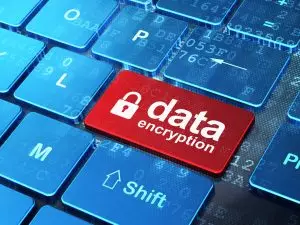 Modern laboratories use a wide range of systems and applications in their day-to-day work. Many of them offer their own security options and preferences. Something as simple as setting a strong access password is enough to ensure first-level security. Often, cybercrime happens just because of simple oversight, such as setting a weak password.
Modern laboratories use a wide range of systems and applications in their day-to-day work. Many of them offer their own security options and preferences. Something as simple as setting a strong access password is enough to ensure first-level security. Often, cybercrime happens just because of simple oversight, such as setting a weak password.
Role-based access control (RBAC) allows you to control who can access specific applications and data sets, so you can easily monitor and manage valuable intellectual property. If you invest in LIMS implementation, you have this option covered.
Up-to-Date Instruments and Devices
Many instruments and devices used in modern labs operate based on network-based collaboration and data sharing. If you forget to keep the instruments updated, the connection between them and your network can be compromised and make your systems prone to cyber-attacks. Make sure to always keep them up-to-date.
The same applies to mobile devices used as part of everyday operations, such as tablets, smartphones, or wireless research devices. To protect your devices from unauthorized access, ensure the authentication process to safeguard your network and devices to mitigate the risk of cybercrime.
Keep Your Data Secure
Unfortunately, there’s no trick when it comes to data security – no single methodology or technology will have it completely covered. The data security strategy must be comprehensive and use multiple levels of protection.
Labs should undertake regular assessments of data security risks and come up with an efficient plan to protect their data on multiple levels of protection in hardware, network security, application, and access security. Consider introducing laboratory management systems to keep your data safely stored and safeguard all digitally-stored assets.



